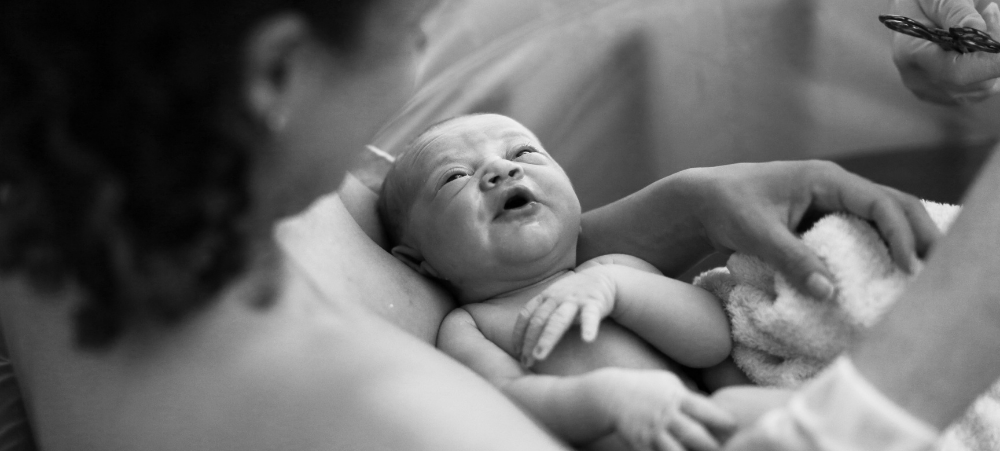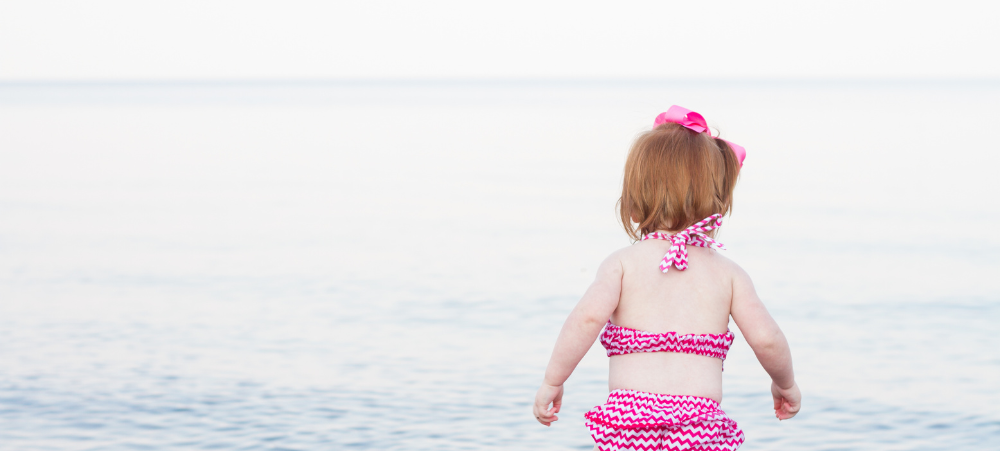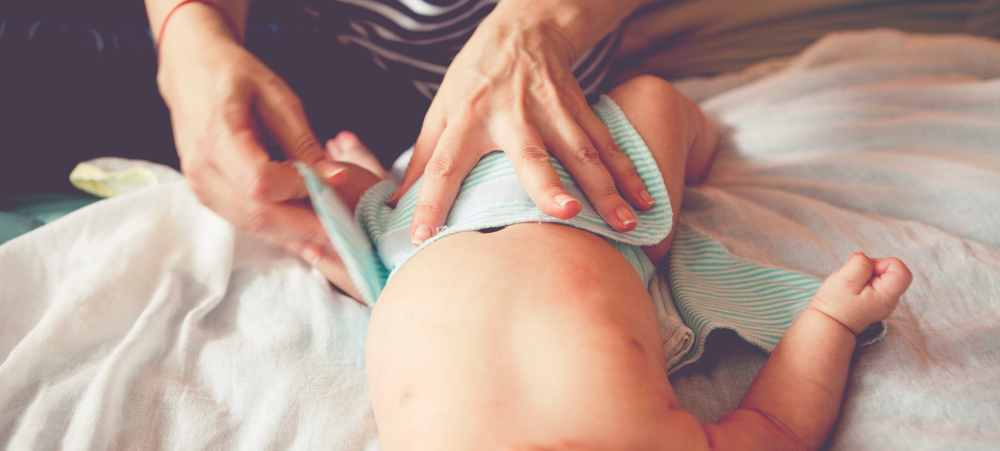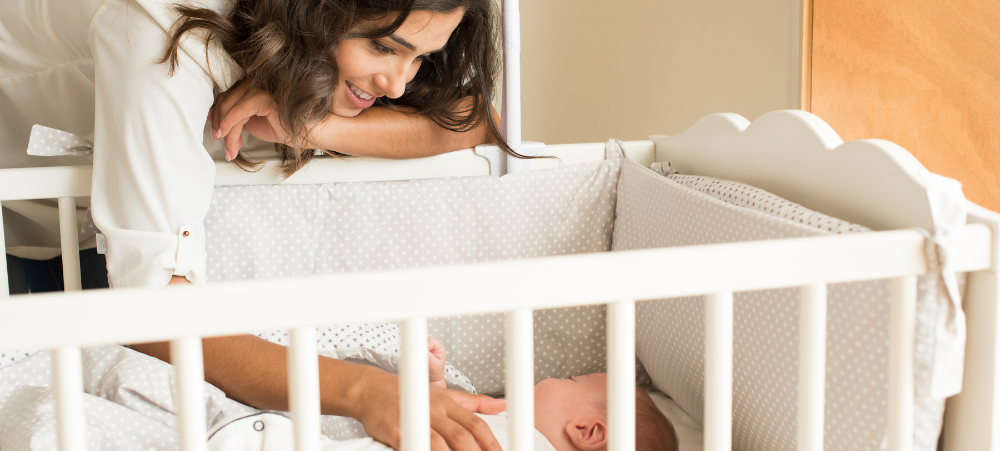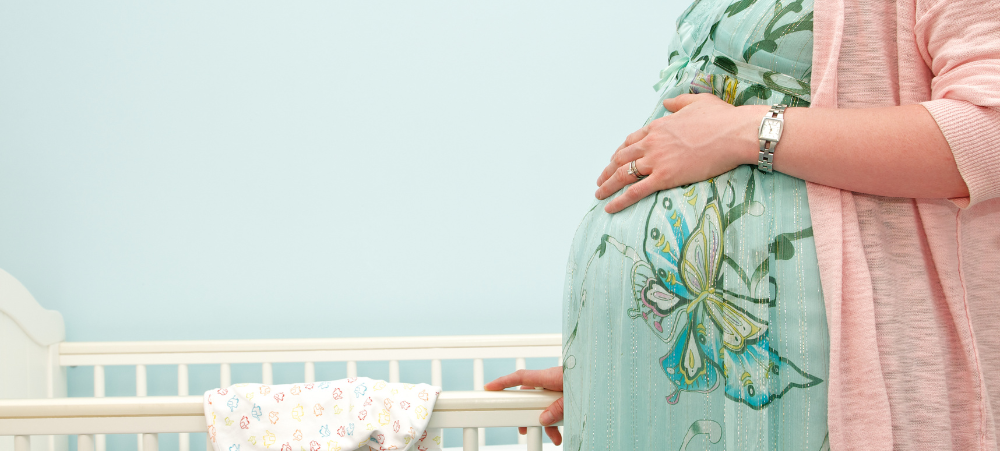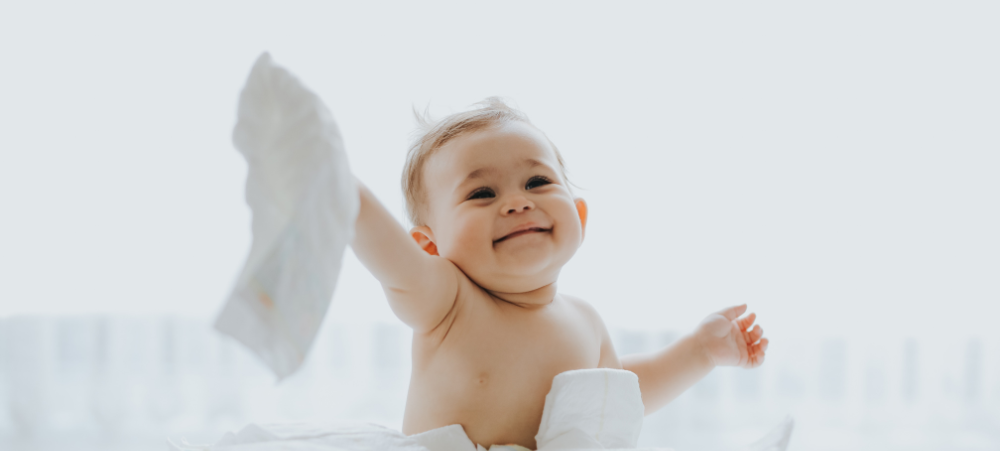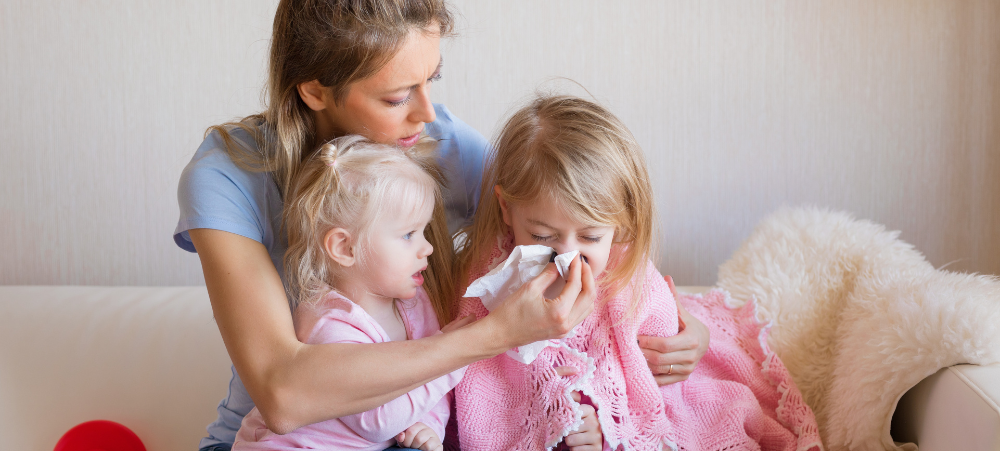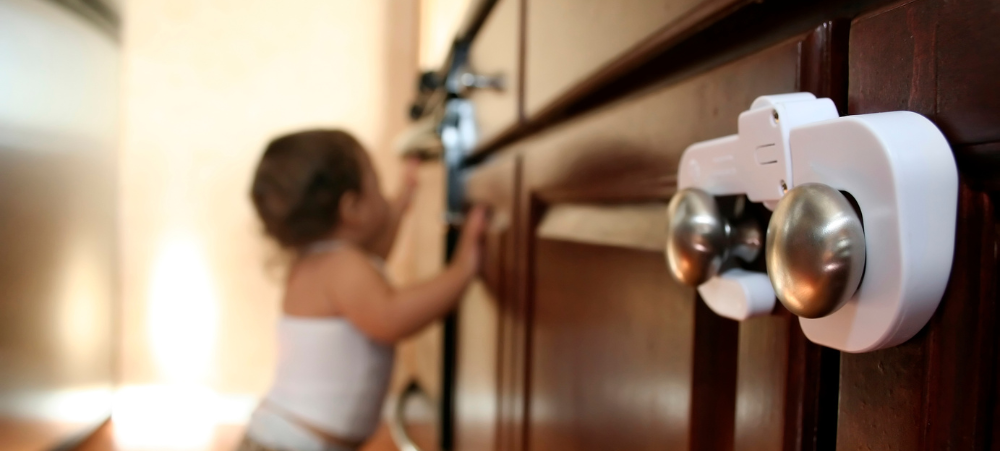
From Baby Steps to Back-to-School for New Moms & Tots
Back-to-school is always tinged by just a little excitement and anxiety for the unknown, as parents and children prepare for the start of the new school year ahead. Every child will enter the school year with different skills, goals, and social and emotional aptitudes. Your 3-year-old is motivated by fun and new ideas and will be active and communicative. Four-year-old girls and boys are energetic, imaginative and love to ask questions about their world; while your five-year-old will already have the confidence of knowing some letters of the alphabet, words to popular songs and can count to ten. As a parent sending your child to creche, preschool or big school for the first time, you can support your child by being positive about school and taking the necessary steps to ensure the days ahead are a success as they learn to navigate the world all on their own, and for the very first time. Here’s what you can do to make Back-to-School as seamless as possible for both of you: Confidence Boost: Read books together about starting school, where your child can relate to the characters in the story, is useful for first-day jitters and may provide a boost of confidence where needed. You can also discuss their new teacher and reassure your child that you and the teacher will work together to make sure they will be taken care of. Practise Makes Perfect: Practising their new daily routine before the start of their first day can help to alleviate some of your child’s anxiety. Go over the time to get up, and the routine of dressing and doing their teeth, eating breakfast, packing their lunch and when you will need to leave the house to reach school on time, and what time you will be there to collect them again. New school mom Sandy Adams pulled out all the stops: “The first morning I drop off my daughter at school, I strap her favourite dolls and our dogs into the car so we can all cheer her on together.” See & Do: For some, including those who are pre-readers and kids with special needs, a visual schedule can encourage them to follow the steps to get ready each morning and it can include pictures of their actual items to better guide them through those steps. Lunch is Served: Ease your first-time scholar into the school schedule by eating lunch at the same time as your child will be when he or she is at school. This will help get your child’s stomach on a schedule so he or she isn’t going to class hungry and distracted. In the days or weeks before the start of school, plan and make your lunches together for the day ahead. Food helps to create a link between your home and the new school day and will support your child with a sense of connection and familiarity. Let them help you pack their lunch and label it together. Stay creative with your packed lunch ideas and avoid getting stuck into the dreaded one sandwich and an apple routine. The vital baby® NOURISH™ scoop™ feeding set, with lid and spoon, is the ideal lunch set for little ones to take to school and show off their self-feeding skills. Your child can easily scoop out every drop of nourishment with its scooped sides and it will boost their confidence and cutlery skills while eating from their own bowl, which is ideal for both purees and puddings and more chunkier textures. This means you can serve delicious pastas and toppings, mashed potatoes and cut-sausage coins, or pre-cooked lasagne slices, that will fill them up and keep them satisfied at school lunch time. The set comes with its own spoon and a hygienic spoon cover to keep it clean and will last from the early stages of weaning throughout toddlerhood. Energy Boosters: Coming up with tasty, creative ideas each day will take getting used to. It helps to remember that kids, just like adults, eat with their eyes first, so pack your toddler’s lunch with items that include a lot of colours and interesting finger foods. A healthy lunch will also have a balance of nutrients they require to power them through the day. Proteins and fats will keep them full and fuelled and complex carbohydrates will give them the energy they need; so mix it up and keep it balanced. The Vital Baby Store and Wean Pots come with six in a pack and are perfectly sized for small amounts of food that your little scholar will love opening to reveal their daily treat for the day when on the school playground. The secure lids are fully leak-proof to safely store and transport food, keeping foods and snacks fresh for serving or for prepping ahead and stacking and storing in the fridge or freezer. Packed Inspiration: For creative, no-sandwich ideas, you will need to prep for your weekly shopping list and keep organised. It is also the perfect time to encourage your kids to prep their own packed lunches and start them on the road towards independence. You can do this by keeping a container in the fridge with lunch items to select from, such as cheese blocks, small yoghurts, cut vegetables, washed fruit and hummus dips and a secondary cupboard with muesli bars, nuts and single-serve pouches to make it easier for both of you. Try making your own trail mix to keep at home which your child can always reach and help themselves to. Properly Packaged with Care: Ensure you pack your child a lunch in a lunch tin they can open. This includes liquid refreshment too, as some products can be too stiff for little fingers to manoeuvre, such as folding spout cups that keep a stiff seal. The Vital Baby® 360° Edge™ Cup is specially designed for toddlers and kids on the go. With a soft outer lip to protect small mouths and sore gums, the cup is pressure activated, so they can drink










